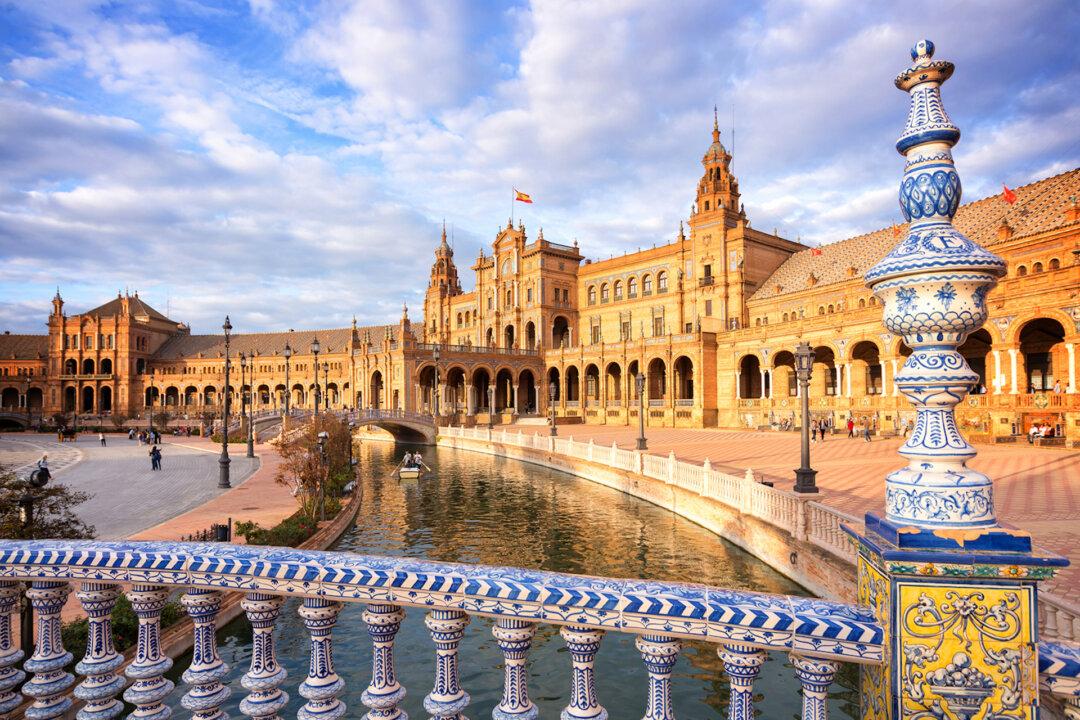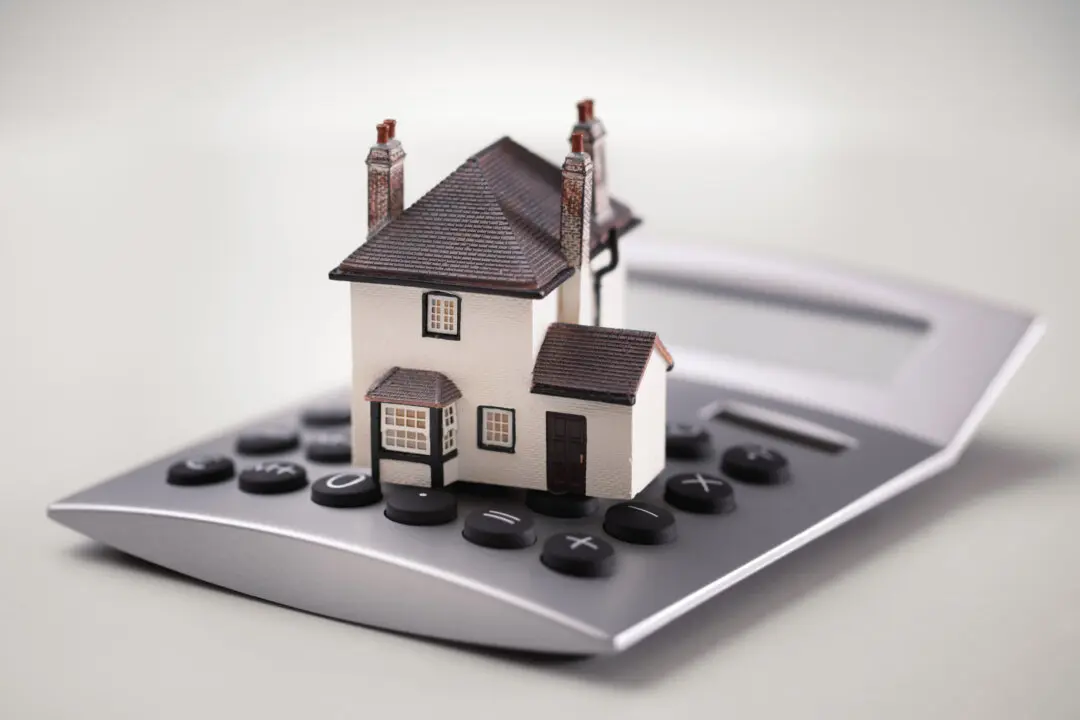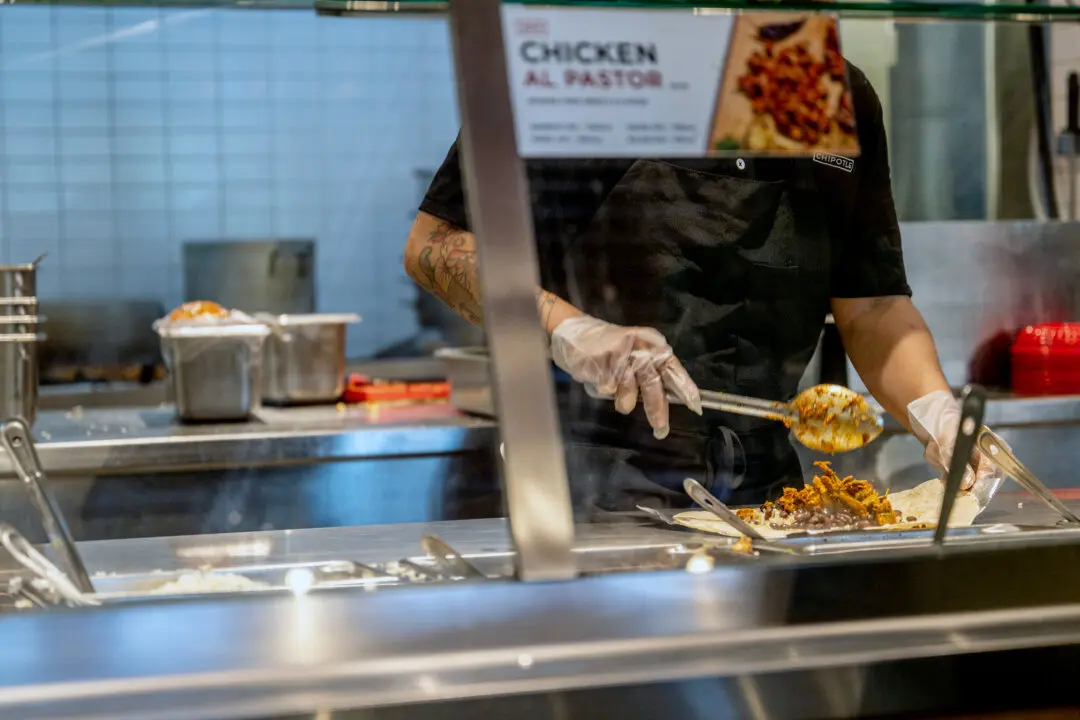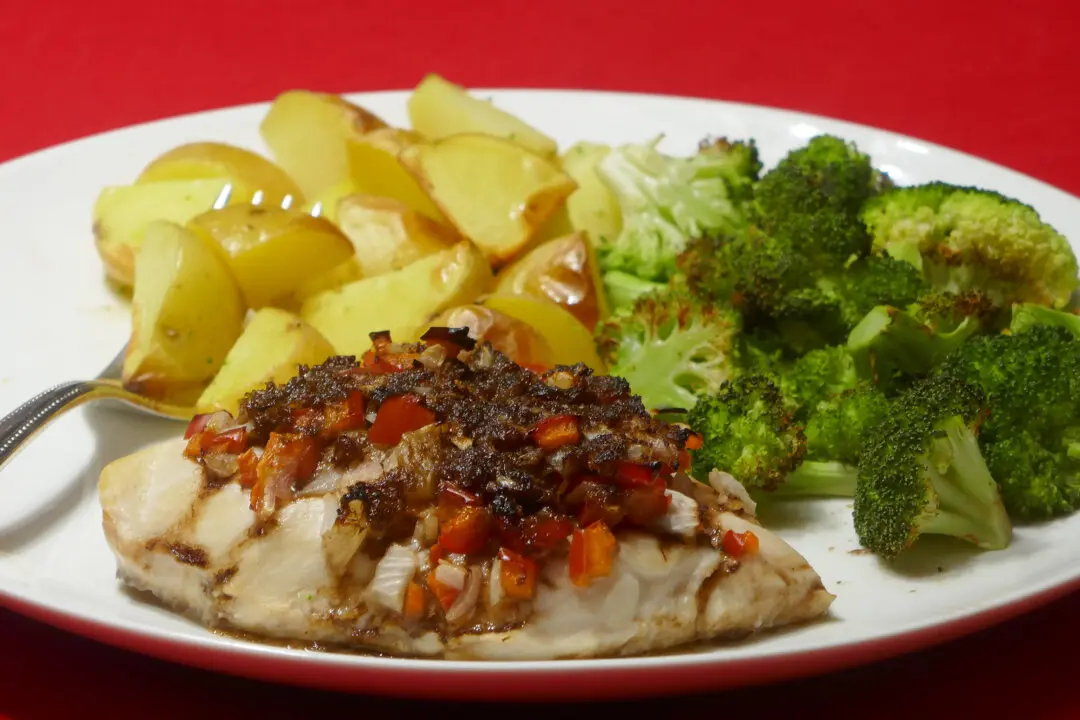By Lori Swanson
From Pioneer Press
It all started with a couple of glasses of wine and a quick discussion of where to go for the next girls’ trip. We just happened to be drinking a red Spanish wine blend, which got my friend Wendy talking about when she lived in Spain during college and how she’d like to return. That’s all it took—Spain, here we come!






